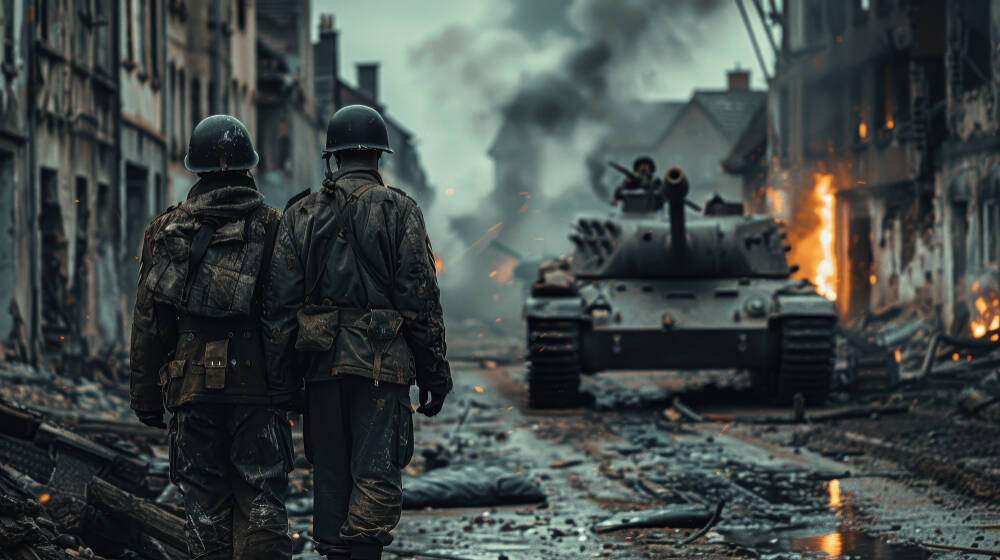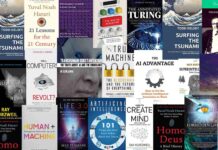Why Talk About World War in 2025?
In 2025, the idea of another world war doesn’t sound like just a history lesson or a science fiction script—it feels unsettlingly possible. With political unrest, major power rivalries, and rapid technological advances in warfare, the question isn’t as far-fetched as it may seem. From increasing cyberattacks to military posturing in hotspots like the South China Sea, many are wondering: Could we really be on the edge of World War 3?
This article dives into the global landscape of 2025, highlighting potential flashpoints, examining the balance of power, and breaking down how a modern world war could unfold.

How We Got Here: A Brief Look at Global Tensions
The world has changed a lot in the last five years. The aftermath of the COVID-19 pandemic revealed just how fragile global cooperation can be, and since then, geopolitical tensions have only intensified. The Russia-Ukraine war, which began in 2022, continues to echo across Europe and beyond. The conflict disrupted global energy markets, tested NATO’s unity, and pulled the U.S. and its allies deeper into Eastern European affairs.
Meanwhile, China’s growing assertiveness in the Indo-Pacific has raised alarms, particularly in Taiwan and surrounding regions. With military drills edging closer to Taiwanese airspace, the tension has gone beyond rhetoric. The U.S. and its allies have responded with increased naval presence and joint military exercises.
Add in cyber threats, political polarization, and arms races involving AI and drones, and you have a world teetering on a very delicate balance.
Key Flashpoints in 2025: Where Could Conflict Start?
If a world war were to break out in 2025, here are the regions where it could likely begin:
1. Taiwan and the South China Sea
This is arguably the most watched flashpoint. China claims Taiwan as its own, while Taiwan continues to operate as a self-governed democracy. Any move by China to take Taiwan by force would almost certainly provoke a U.S. military response and possibly draw in Japan, Australia, and other regional allies.
2. Eastern Europe (Ukraine, Poland, the Baltics)
While Ukraine remains in a grinding conflict with Russia, fears persist about Russian ambitions beyond its borders. NATO’s eastern members like Poland and the Baltics have ramped up defense spending and military preparedness in response.
3. Iran and Israel
Tensions between Iran and Israel remain high, especially with nuclear development concerns and proxy conflicts throughout the Middle East. A sudden military strike or miscalculated provocation could set off a chain reaction.
4. North Korea
North Korea continues to test missiles and issue threats, especially toward South Korea and the U.S. With little diplomatic progress, the Korean Peninsula remains a powder keg.
5. Cyberspace
While not a physical location, cyberspace is now a battlefield. From infrastructure attacks to election interference, cyberwarfare can cripple economies or spark military retaliation without a single bullet being fired.
Military Powerhouses in 2025: Who’s Got What?
Understanding who holds the cards is key. The global military balance is more complicated now than it was during World War II or even the Cold War.
- United States remains the most powerful military, with unmatched air and naval capabilities, global alliances (NATO, AUKUS), and significant investment in AI-driven weapons and cyber defenses.
- China has rapidly modernized its military and now boasts the largest navy in the world. Its focus is on regional dominance and countering U.S. influence in Asia.
- Russia, despite economic setbacks, retains a massive nuclear arsenal and has shown a willingness to use unconventional tactics.
- NATO has expanded its presence in Eastern Europe and is more unified than it has been in decades.
- Emerging Tech: Drones, satellite warfare, AI-powered surveillance, and autonomous weapons are game-changers. The next war won’t just be fought with tanks and soldiers.
What Would a Modern World War Look Like?
Forget the trench warfare of WWI or the blitzkrieg of WWII. A 21st-century world war would look very different:
- Hybrid Warfare: Combining traditional battles with cyberattacks, economic sabotage, and disinformation campaigns.
- Targeting Infrastructure: Power grids, internet networks, and communication satellites could be prime targets.
- Civilian Impact: Cities could become frontlines, and supply chains would likely collapse, creating food and medicine shortages.
- Economic Fallout: A global war would crash markets, skyrocket inflation, and trigger massive unemployment.
- Nuclear Deterrent: The threat of mutually assured destruction could stop full-scale war—or escalate it if miscalculated.
Is It Actually Likely? Experts Weigh In
Despite rising tensions, most experts agree that a full-scale world war is still unlikely—but not impossible.
Military analysts point out that global powers have more to lose than to gain from direct confrontation. Economies are deeply interlinked, and nuclear deterrence still plays a powerful role. However, experts also warn about “accidental escalation”—where a small incident spirals out of control due to miscommunication or overreaction.
Think: a stray missile, a hacked defense system, or a naval collision in disputed waters.
What Can Be Done to Prevent It?
Avoiding a third world war isn’t just up to politicians. Here’s what can help:
- Diplomacy First: Constant dialogue, even between adversaries, prevents misunderstandings.
- Strengthening Institutions: The UN, NATO, ASEAN, and other global bodies need more teeth and funding.
- Public Awareness: Media and citizens can push for peaceful solutions and transparency.
- Cyber Defense: International agreements on digital warfare can prevent escalations.
- Education: Teaching history and critical thinking helps prevent propaganda from taking hold.
Conclusion: Stay Aware, Not Alarmed
While it’s easy to spiral into fear, it’s important to stay grounded. Yes, global tensions are high. But history shows that diplomacy, deterrence, and common sense can prevail. Instead of worrying about when the next world war might start, focus on what we can do to support peace, truth, and international cooperation.
Staying informed, questioning what we read, and advocating for smart leadership might just be the best weapons we have.
TechnologyHQ is a platform about business insights, tech, 4IR, digital transformation, AI, Blockchain, Cybersecurity, and social media for businesses.
We manage social media groups with more than 200,000 members with almost 100% engagement.











































